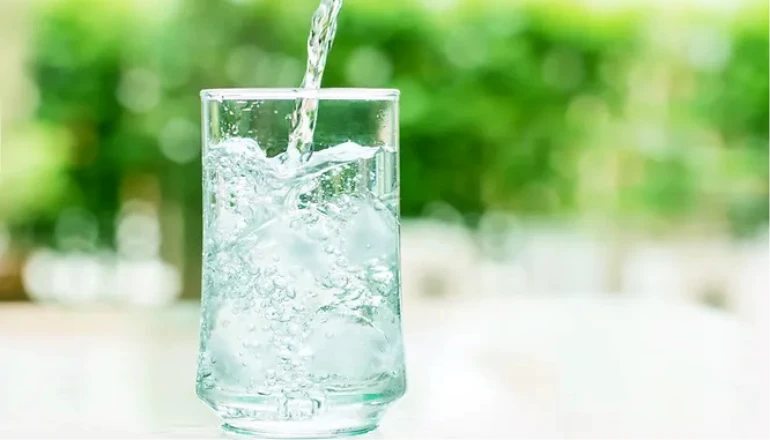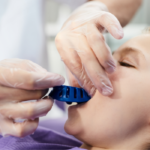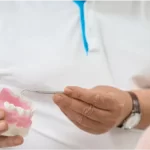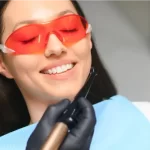Coffee, tea, red wine, cola, dark juices, tomato sauce, curry, balsamic vinegar, berries, beets, tobacco use: What do these have in common? They are all great at staining your teeth! Cutting down on your consumption might help curb the development of surface stains, but being proactive is far more effective for preventing teeth staining. Here are some tips!
Use a straw to drink your favorite beverages – it greatly limits the amount of liquid that will come in contact with your teeth. Can’t abide the thought of drinking, say, red wine through a straw? You can try….
Drinking or swishing water between sips of your favorite dark beverage (or bites of food), as well as after. Water is essential for your oral and overall health and will also help rinse away food and drink from your teeth, reducing the amount of time and contact they have with your teeth.
Eating veggies, fruits and hard cheeses along with your meal can help prevent staining. Dark leafy greens will give your teeth a protective film, so eating some before a meal can help deflect staining. Crunchy veggies and fruits like raw celery, cauliflower, apples and carrots will help “scrub” your teeth of food and drink leavings. Hard cheeses will help neutralize acid-causing-stains and also help strengthen teeth.
It’s always important to practice good oral hygiene:
Brush your teeth after drinking or eating, but wait 20-30 minutes. Certain foods and drinks, particularly ones with high acidic content, weakens tooth enamel, so brushing immediately after eating can wear away your tooth enamel. Try carrying a portable or disposable toothbrush with you so you can brush up between coffee breaks and meals.
Floss! Plaque attracts stains and can easily settle in between your teeth, so be sure to clean out those spaces and crevices by flossing daily. Brushing alone will not clean out the plaque – and thus the staining – between and around your teeth.
Stains and yellowing due to smoking or other tobacco use? There’s really only one answer here: Quit! Besides causing persistent teeth stains, often penetrating deep into the enamel over years of use, tobacco use of all kinds (including vapes) greatly increases the risk of tooth decay, tooth loss, gum disease, oral cancers, lung cancer, and numerous other health issues.
If you’ve tried all of the above and still have persistent teeth staining, you can try whitening products and treatments.
Whitening products such as toothpastes, mouthwashes, and sugar-free whitening gum could be helpful if you frequently consume staining beverages or foods. These types of whitening products have modest and varied results compared to whitening (bleaching) treatments.
Whitening (tooth bleaching) treatments come in a wide range of strengths, as well as over-the-counter and professional options. The main differences between OTC and professional whitening treatments are strength, cost, application and effectiveness.
OTC tooth bleaching treatments are much weaker and will provide less obvious results, typically cost significantly less than professional treatments, and can usually only be applied to front teeth.
Professional whitening treatments are typically custom-made for your teeth, and due to the custom-made trays and controlled application can safely be used in much higher concentrations, for more dramatic results. Professional whitening can also target internal (intrinsic) tooth staining, while OTC products can only target surface stains.







